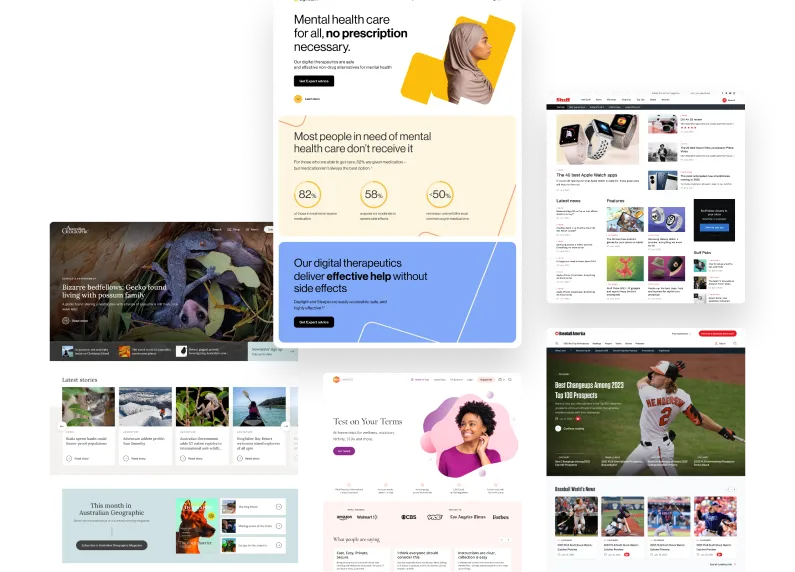At XWP we know that when clients bring us in they are not only buying solutions.
They are buying confidence that the work is on track and that the investment is delivering value. That trust is built through communication.
It is easy to assume that regular updates inside a project team naturally reach the executive sponsors and senior stakeholders. But often they do not as they’re not in the day to day. They don’t see every check-in, every Slack thread, every Jira update. What they need is direct communication that is designed for their role.
Communication to the project team
The day-to-day team needs details. They need tasks defined and progress tracked. Communication at this level is about coordination, clarity, and removing blockers. It keeps execution moving.
Communication to stakeholders
Senior leaders need clarity on strategy, progress, and risks. They are the escalation point when challenges arise and they are accountable for managing up inside their own organization. When we give a stakeholder a clear heads up, we are equipping them not only with information but with control. Involving them early walks them into the decision-making, providing them with the context and options so that they are prepared to lead conversations and steer decisions. It builds a partnership.
Listening as part of communication
Communication is not only about updates, it is also about listening. Taking the time to ask how stakeholders are doing, how we can help, and what concerns they are carrying creates space for trust. Listening not only builds trust, it helps us align our approach to what matters most in the moment.
Communication in good times
When things are on track, proactive updates reassure stakeholders that progress is real and visible. Highlighting wins for stakeholders builds confidence. Sharing next steps with the project team keeps momentum alive. This is the time to connect through small talk, laughter, and common ground. These moments remind everyone that we are people working together toward shared goals, not just teams trading updates.
Communication in crisis
When challenges emerge, communication is the difference between calm and chaos. It means more meetings, more emails, more connection, even if just to say, we are here, we are on it, how can we help. For stakeholders it means timely, transparent updates that give them confidence in how issues are being managed. For the project team it means clear direction on what to prioritize and how to adapt.
When communication is absent
Without communication, leaders fill the silence with assumptions. Stakeholders question whether value is being created. Teams lose alignment and waste effort. Silence costs more than setbacks.
Key takeaways from XWP
- Tailor communication for each audience. Stakeholders need context and control. Teams need clarity and coordination.
- Do not assume project updates reach senior leaders. Communicate directly to them.
- Involve stakeholders ahead of their team, giving them a clear view of strategy and a say in how you proceed so they are equipped to lead.
- In both good times and crises, proactive communication builds trust and momentum.
- In times of crisis there is no such thing as over communication.
- Listening is as important as speaking. Ask, connect, and create space for concerns and for common ground.
At XWP we see communication as core to how we work with clients. It is what builds confidence, creates connection, and ensures that trust extends from the project team to the stakeholders. Because even the strongest solutions mean little in the absence of a partnership built on trust.


